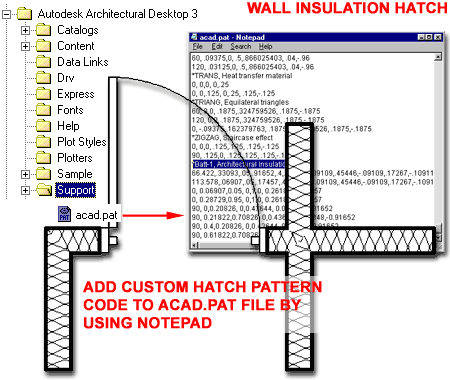
M= Toolbox Macro: After the letter+caret add the M^, the path to the DataCAD toolbox, then the name of the macro, followed by the $ sign, as follows (you can skip the path if the macro is in the default \Macros folder). A blank space between carets (like this ^ ^) is DataCAD’s Immediate Mode Command for a keyed-in coordinate (for inputting distances or angles) the same as if you pressed the Space bar while in DataCAD. Sx (where x is a number) corresponds to the appropriate SHIFT-Function key to press if you were “walking” through the DataCAD menus to execute a desired function. (semicolon) go to the DataCAD 2D EDIT menu : (colon) go to the DataCAD 2D UTILITY menu ^ (caret) a required separator between each command Fx (where x is a number) corresponds to the appropriate Function key to press if you were “walking” through the DataCAD menus to execute a desired DataCAD function. These are also the same codes used in the A “Action Line” when creating custom Toolbars). The following is a list of symbols and commands to be used to the right of the shortcut letter. Everything that follows the letter tells DataCAD what do when these keys are pressed.

The first, capital letter of each line corresponds to the letter you will press (in combination with the ALT key) to accomplish a specific action (since there are only 26 letters in the English alphabet, you can only have a maximum of 26 Alt-key shortcuts). The standard DCADWIN.MCR file is pretty boring, and you wouldn’t learn as much from it, so that’s why we’re using my. Note that your file will not look exactly the same as this one since it is my own, highly customized file. Here is roughly what you should see when you open your DCADWIN.MCR file. Do not use a word processor like Word for Windows, which will save a formatted document rather than one with plain text.

Just make sure that you always save the file as a plain text file, with no formatting.
#BEST WAY TO TONE WALLS IN DATACAD 19 WINDOWS#
I usually just use the Windows Notepad program, but any text editor will do. Open this file with any plain text (ASCII) text editor. KEYBOARD MACROS The default keyboard macro file is located in your main DataCAD directory in the \Support Files folder.


 0 kommentar(er)
0 kommentar(er)
